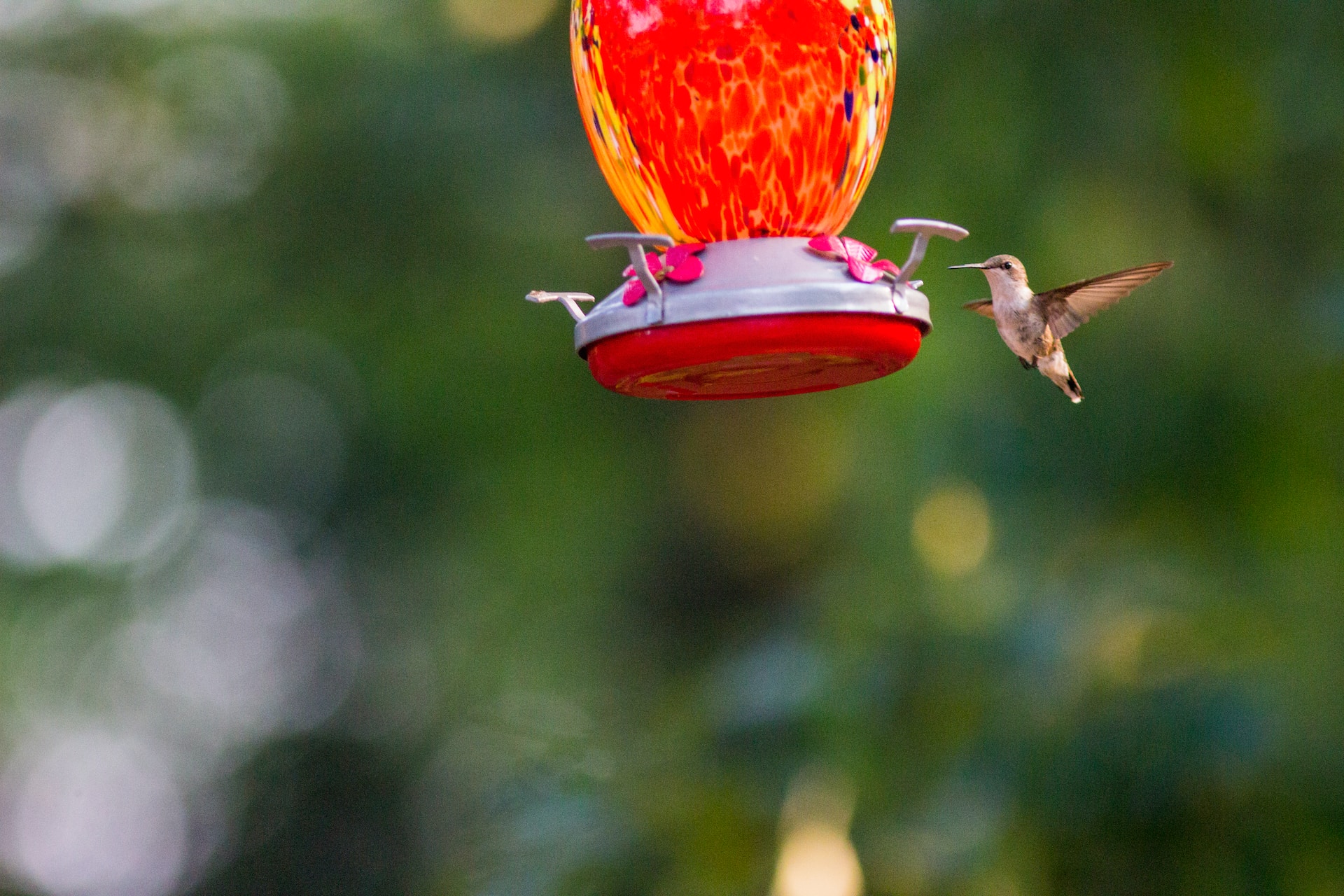The Necessity of Feeding Hummingbirds
There’s inherent joy and satisfaction in feeding hummingbirds. These tiny birds are natural wonders, displaying unparalleled agility with their near-motionless hovering and lightning-fast wing movements. They provide immeasurable beauty to our surroundings while playing a vital role in pollination.
Feeding hummingbirds can take on even more significant importance during migration seasons. During these times, hummingbirds expend enormous energy and urgently need convenient sources of nourishment. Our feeders can provide this lifeline, acting as rest stops that fuel their travel. In cold climates where flowers are scarce, hummingbirds rely heavily on feeders for survival.
Your yard can become a hummingbird hotspot! Once they locate a reliable food source, these birds are likely to make return visits, bringing delight to your days. Additionally, making your hummingbird nectar, as recommended by The Spruce, can bring its benefits. It’s cost-effective, free from harmful additives, and lets you control the sugar concentration, catering to the preferences of your hummingbird visitors.
Choosing a Suitable Hummingbird Feeder
Creating an accessible feeding spot for hummingbirds involves choosing a suitable feeder. Factors such as the feeder’s size, material, and ease of cleaning can make a significant difference. To keep maintenance low and the experience enjoyable, your feeder should be easy to clean and refill.
There are different types of feeders available as Bird Watching HQ explains: saucer, inverted, window, and handheld feeders. Saucer feeders are easy to clean but may require frequent refills. Inverted feeders store more nectar but can leak. Window feeders offer close-up views, and handheld feeders provide thrilling personal interaction. Craft your choice based on your preferences and the level of engagement you desire.
Preparing Nutritious Hummingbird Nectar
The care you put into preparing your hummingbird nectar is essential. It’s crucial to follow a precise recipe—too much sugar can harm the birds’ liver, while too little can lack the necessary energy. A balanced, homemade nectar typically follows a 1:4 ratio of sugar to water.
But feeding hummingbirds isn’t only about the nectar. Considering the feeder environment is crucial. Make it pest-unfriendly but hummingbird-attractive by keeping the area clean and free from spilled nectar. Products like the Original Best-1 Hummingbird Instant Nectar can provide a quality, easy-to-use food source for your feathered friends while ensuring a safe and appealing feeding environment.
Maintaining and Expanding Your Hummingbird Haven
Maintaining your hummingbird haven involves regular sanitization of the feeder to prevent mold and bacteria. Nectar should be changed regularly—every two days in hot weather and every four to five days in cooler periods. Maintaining the quality of the feeder’s contents is critical to the health of the hummingbirds.
However, creating an attractive haven for hummingbirds goes beyond just the feeder. Consider adding flowering plants and water sources to your yard, creating a comprehensive environment that caters to the birds’ needs. Over time, you may want to expand your setup with more feeders or different types of feeders. This diversity can attract more bird species, leading to frequent hummingbird visits. When you’ve immersed yourself in this rewarding pastime, consider joining a hummingbird community—it can be a great source of tips, news, and the shared joy of feeding and caring for hummingbirds.
<small>Image source: https://unsplash.com/photos/red-and-yellow-bird-on-red-and-white-bird-feeder-NiGr-1l-tFQ </small>

